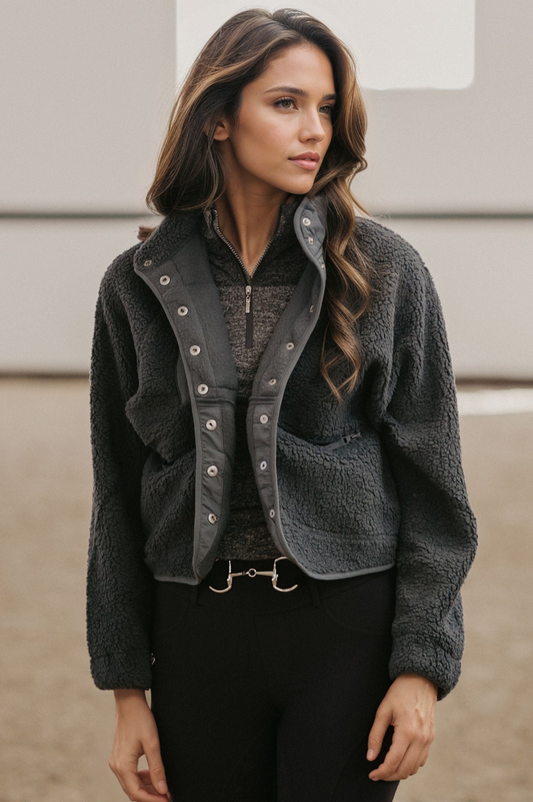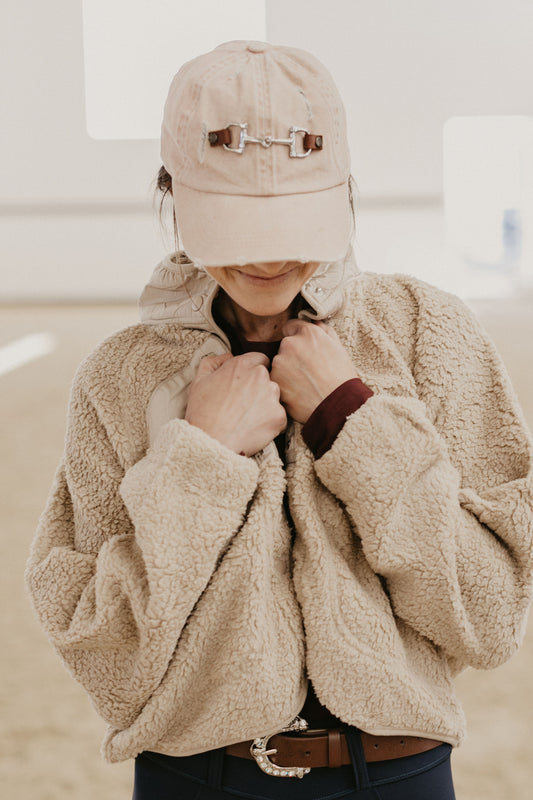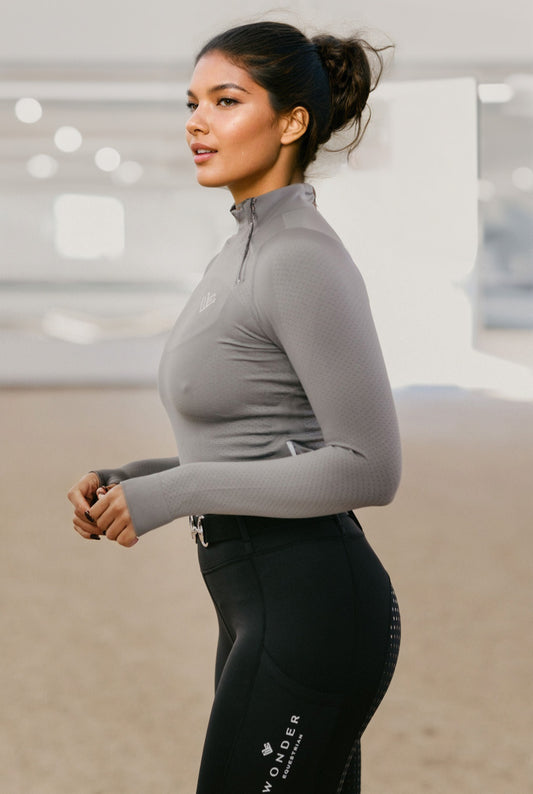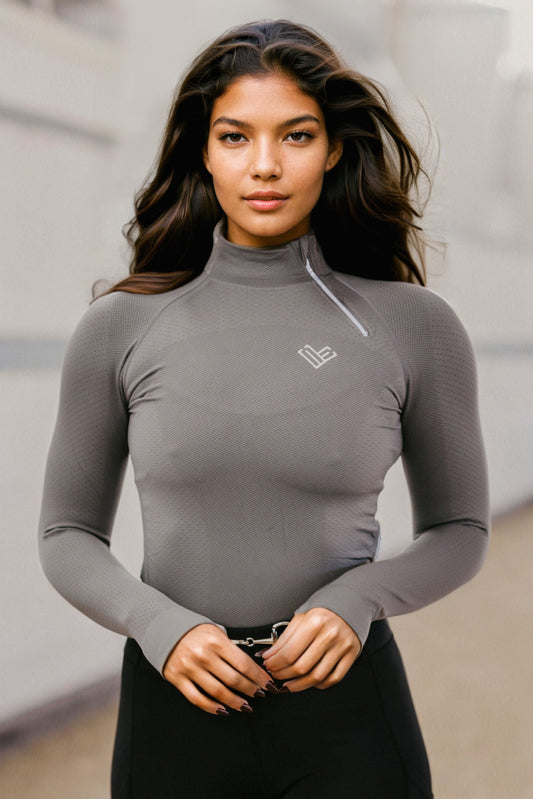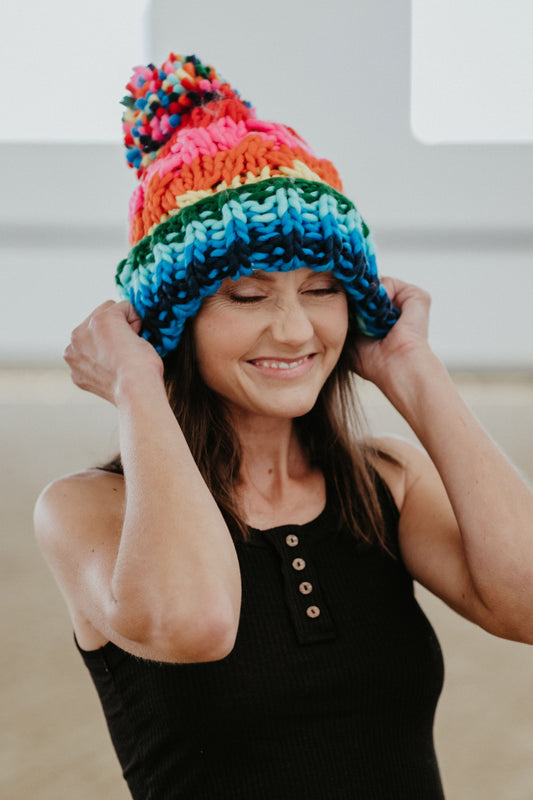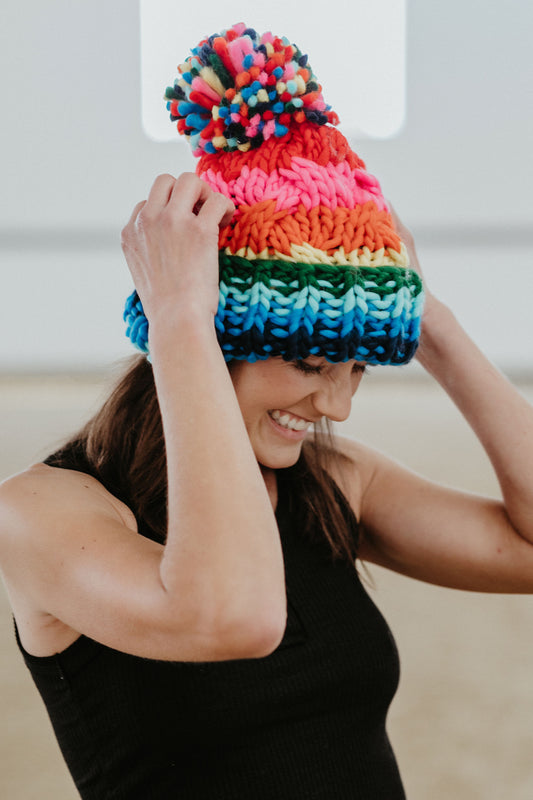The Evolution of Women's Equestrian Attire
Equestrian attire has a long and storied past, rich with tradition and the influence of practical need and societal norms. For women, the evolution of this attire has been especially profound. From prohibitive and cumbersome to functional and fashionable, the changing styles of women's equestrian wear have mirrored the shifting roles and empowerment of women throughout history.
The Early Days: Side-Saddle and Full Skirts
In the days when side-saddle riding was the norm for women, equestrian wear was all about modesty and decorum. Long, flowing skirts, often part of an elaborate riding habit, ensured that a woman's legs were fully covered. These outfits were typically tailored with heavy, restrictive fabrics that made it difficult to move. Riding habits reflected contemporary fashion to some extent but were adapted for the unique requirements of mounted activities. The attire was far from practical, with women frequently burdened by the volume of fabric and intricate designs unsuited for the demands of riding.
The Turn of the 20th Century: Blooming Freedom
As the 20th century dawned, societal changes began to reflect in women's riding clothes. The suffragette movement and the increasing acceptance of women participating in sports and outdoor activities signaled a shift towards more practical equestrian wear. The introduction of divided skirts and eventually breeches allowed women to ride astride rather than side-saddle, significantly improving their ability to control the horse and maintain balance. These changes also mirrored the broader trend of women wearing pants for various activities, a controversial move at the time which greatly expanded their mobility and freedom.
Between the Wars: The Rise of the Modern Rider
After World War I, the women's equestrian wardrobe began to more closely resemble what we see today. Breeches became more widely accepted, and the traditional riding habit was gradually replaced by functional riding jackets and shirts that allowed for better movement. Tall leather boots became standard, providing protection and aid in the saddle, while also symbolizing the aesthetic of the sport. Women were not just riding for leisure but competing, requiring clothes that could endure the rigors of sport.
The Post-war Period: Synthesis of Style and Practicality
Following World War II, the development of synthetic materials revolutionized women’s equestrian wear. Women riders could now enjoy durable, lightweight fabrics that provided comfort and were easier to maintain. The advent of stretch fabrics such as Lycra further enhanced the fit of equestrian garments, hugging the rider’s body for improved freedom of movement. Helmets became more sophisticated as well, evolving from merely velvet-covered caps to technically advanced safety gear.
Contemporary Trends: Technology and Fashion
In today's equestrian world, women’s riding attire is a blend of tradition, technology, and fashion. Modern equestrian brands offer a range of wear from performance-driven to high fashion lines that consider both the demands of riding and the desire for style. Moisture-wicking materials, thermal regulation, and sun protection factor into the design of riding shirts and jackets, while current breeches not only provide comfort and flexibility but also feature stylish cuts and colors.
Safety gear has also undergone a stylish transformation. Helmets are now available in a variety of shapes and colors, incorporating materials like carbon fiber for strength and reduced weight. Body protectors and airbag vests provide safety while maintaining a flattering silhouette. Even riding boots have evolved, with custom fittings and tasteful embellishments that preserve their classic look while improving comfort and performance.
Looking Forward: Sustainability and Innovation
As the equestrian world forges ahead, sustainability has become an essential consideration in the design and manufacturing of women's equestrian wear. Brands are increasingly focusing on eco-friendly materials and ethical production methods. Additionally, smart textiles are on the horizon, with the potential for embedded sensors to track rider performance or garments that adapt to changes in the environment.
The evolution of women's equestrian wear not only reflects advancements in society and technology but also showcases the balance between preserving tradition and embracing innovation. It is a powerful statement of how far women have come in the equestrian world—an arena where style and practicality ride hand in hand toward an ever-progressing future.
Shop Wonder Equestrian



